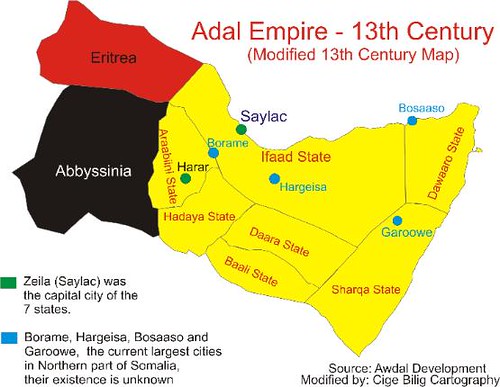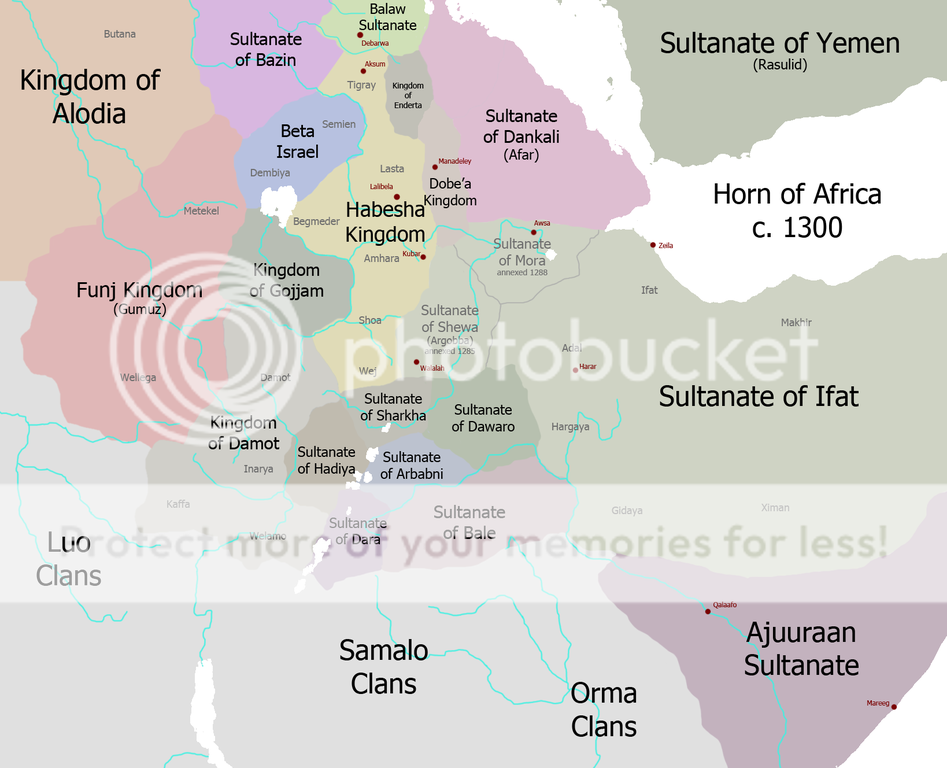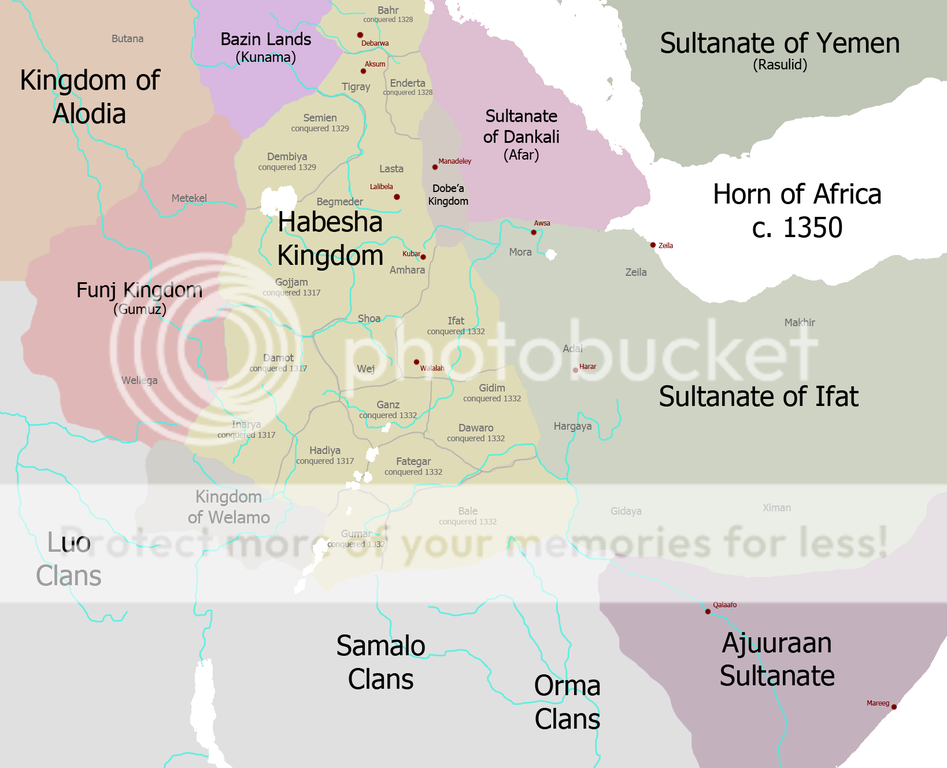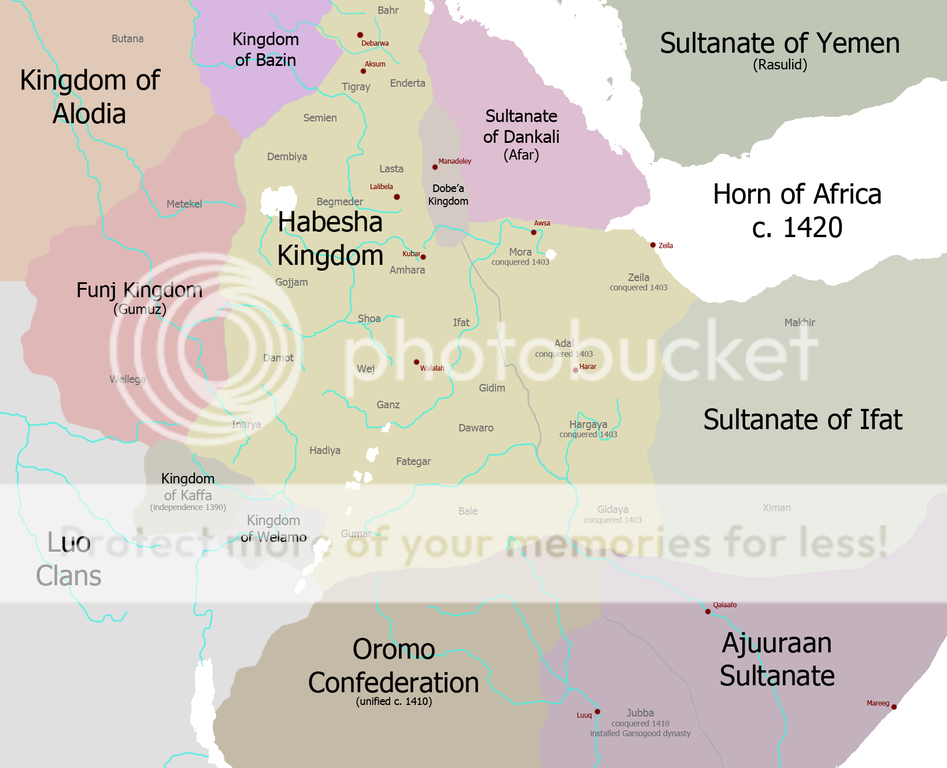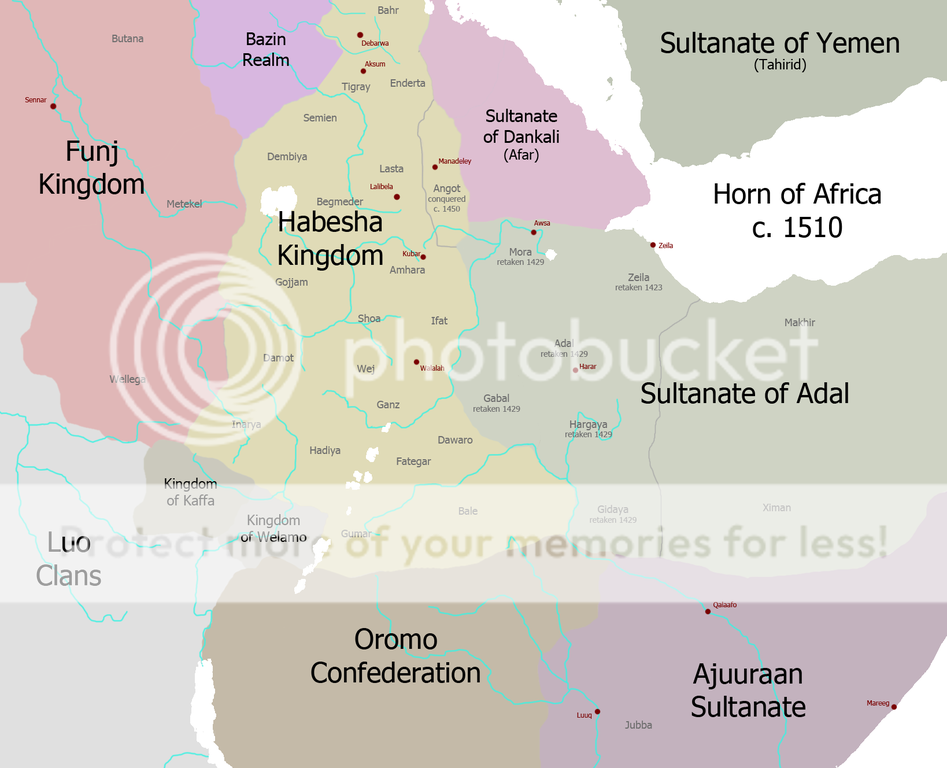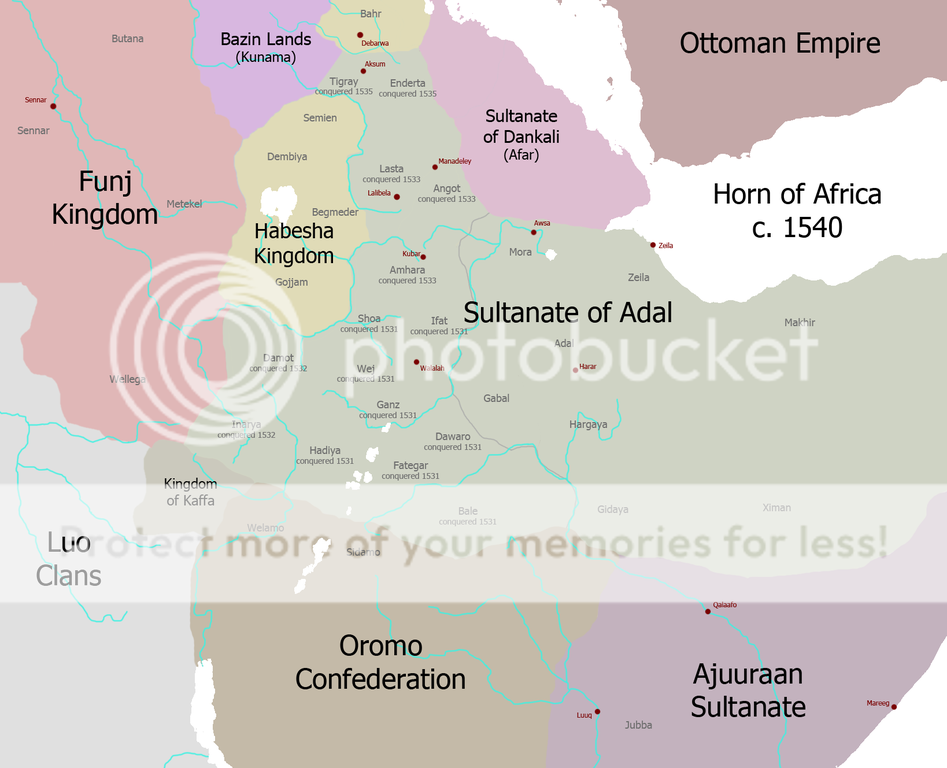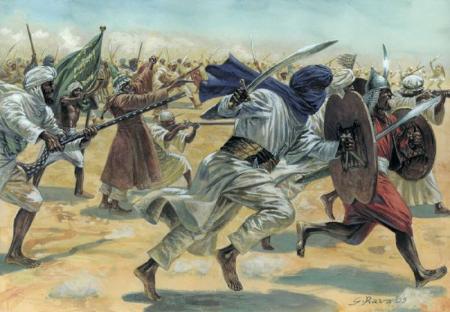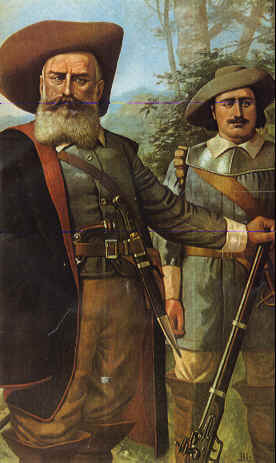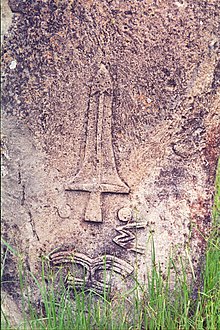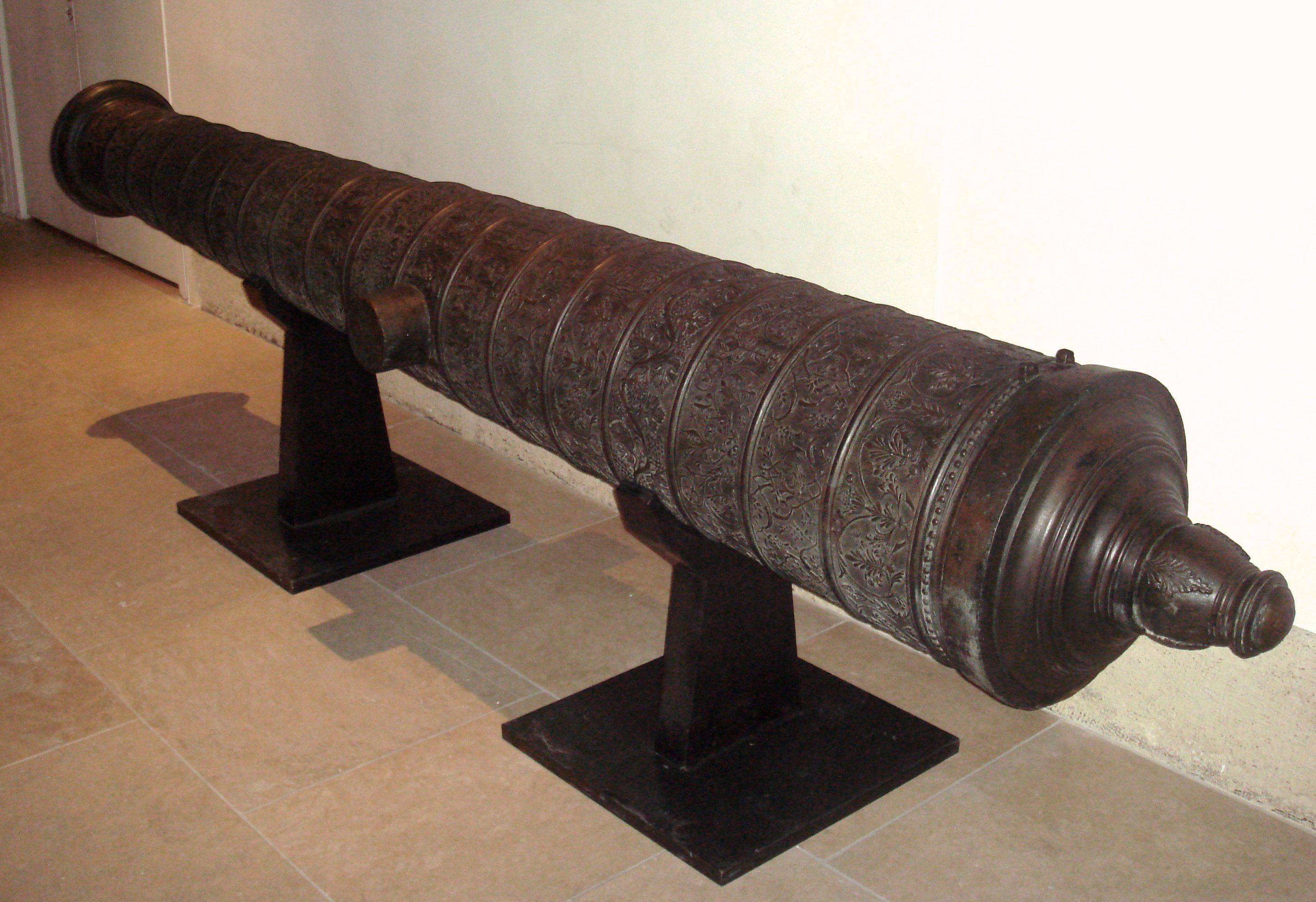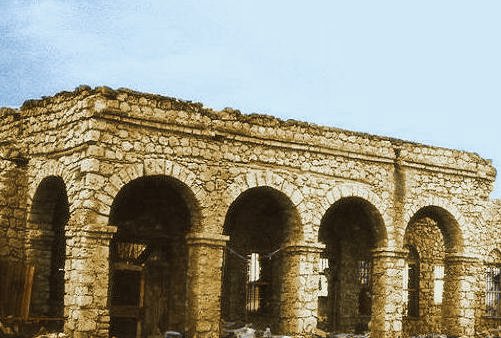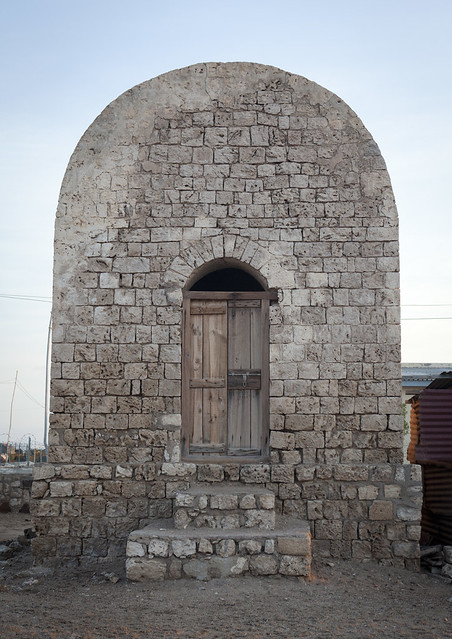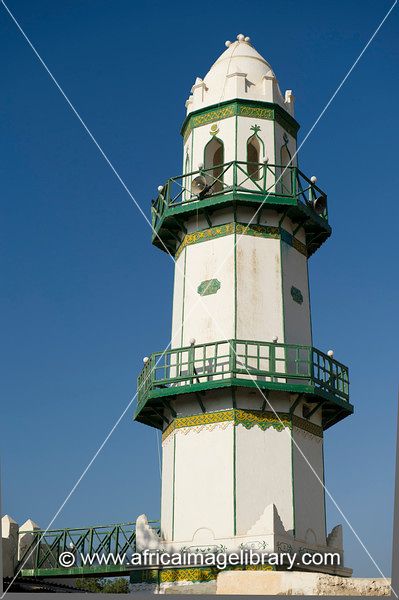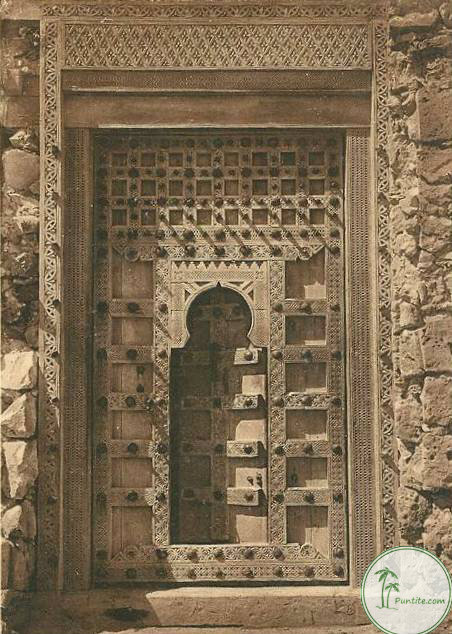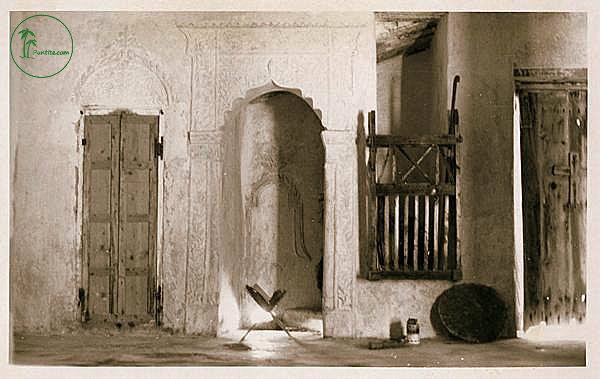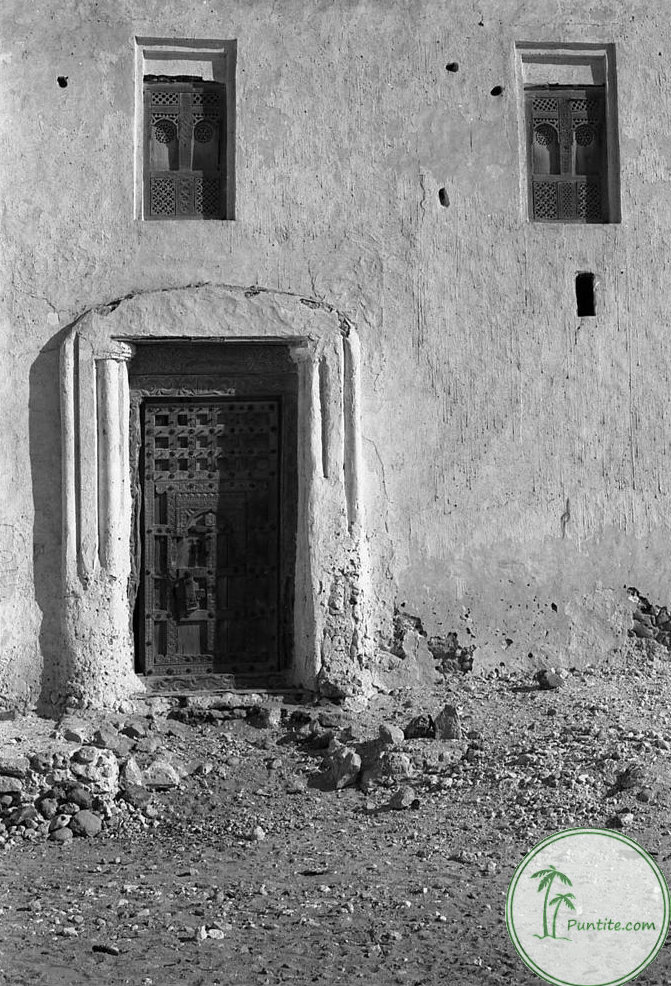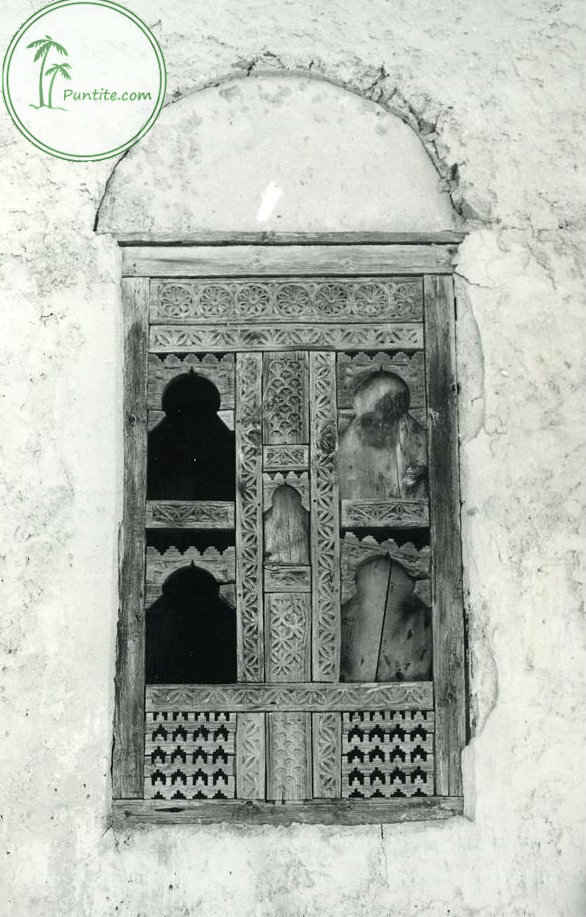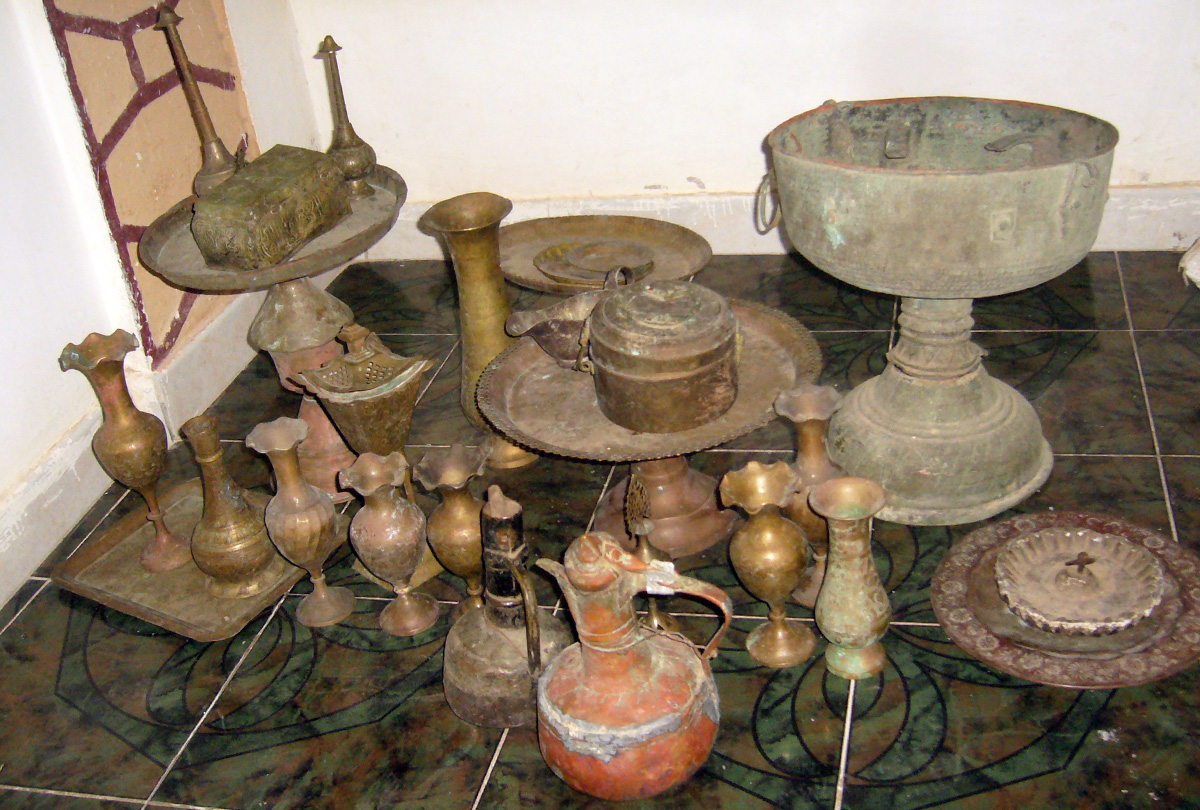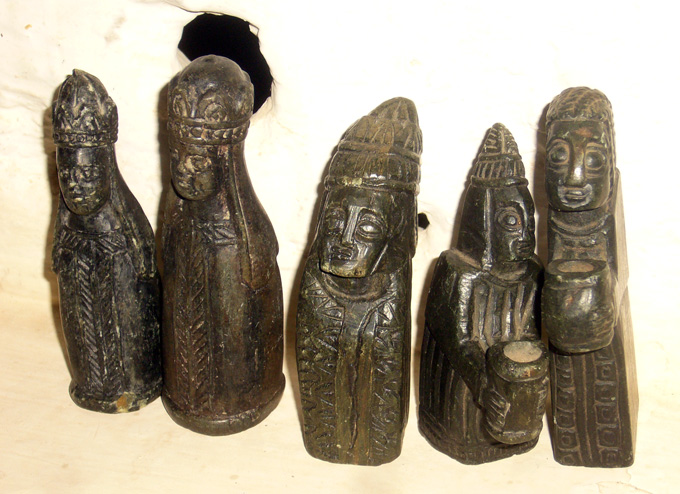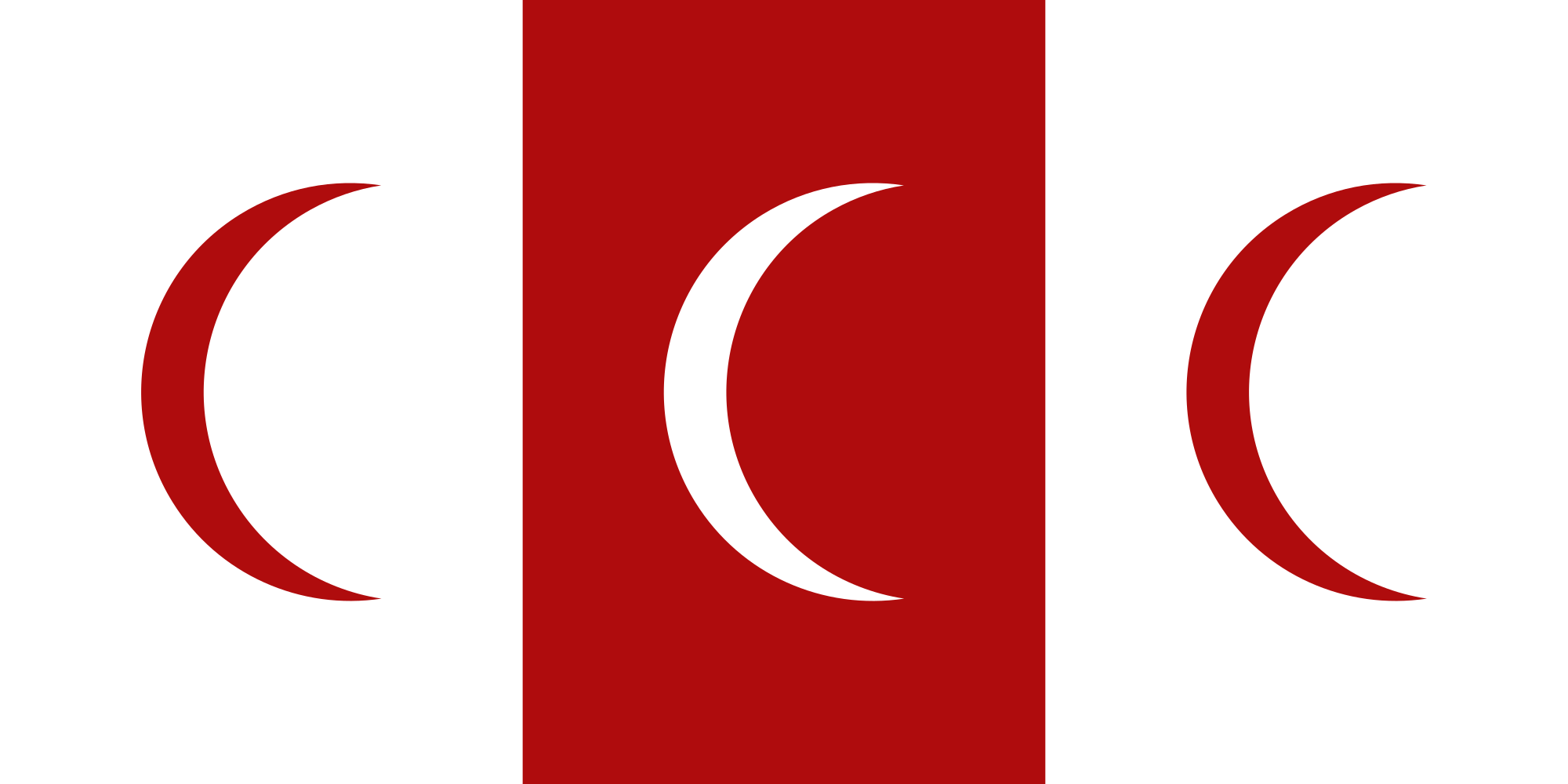The Adal empire


In a book titled “Masaalikal-Absaar”(this is in Somali spelling), the Egyptian author, Subhul Ahsha mentioned that Zeyla was the nucleus city of Adal Empire. Continuing into the description of this city, he added that Zeyla was “The City of Light”, which had many Mosques and many schools, where all kind of subjects were taught. In fact, Mr. Ahsha described Zeylac as “The Place” where one can acquire any kind of knowledge that may be taught in that period of time. The author added in his description that the people were 100% Muslim. Mr. Ahsha said that they were gathering in large number into the Mosques of the city, as faithful believers to Islam. According to this writing, these Mosques could be compared to the municipal libraries that can be found today in big cities of our century. In addition of that, schools were places where people use to enjoy meeting, share knowledge, discuss about social issues and debate intellectually. As a matter of fact, Zeyla was known as the place where the knowledge was at the merci of everyone.


Remarked by its faithful actions, other Islamic States in the world called Adal Empire “Diraasal-Islaam”.

The Walashma dynasty was a Somali Muslim noble family who ruled parts of what is now eastern Ethiopia, Djibouti, southern Eritrea and western Somalia. The earliest known member of this family was Umar ibn Dunya-huz (died 1275), whose son Ali ibn Wali Ashma conquered the Muslim kingdom of Shewa.
List of rulers of the Walashma dynasty
Haqq ad-Din I
Sabr ad-Din I
Jamal ad-Din I
Ali ibn Sabr ad-Din
Ahmad ibn Ali
Haqq ad-Din II
Sa’ad ad-Din II
Sabr ad-Din II
Mansur ad-Din
Jamal ad-Din II
Badlay ibn Sa’ad ad-Din
Muhammad ibn Badlay
Shams ad-Din ibn Muhammad
Muhammad ibn Azhar ad-Din
Abu Bakr ibn Muhammad
Umar Din
Ali ibn Umar Din
Barakat ibn Umar Din

Adal declined because of the oromo expansion and the rivalry between kings of the adal empire which resulted in it’s political power to end in the 1700’s

